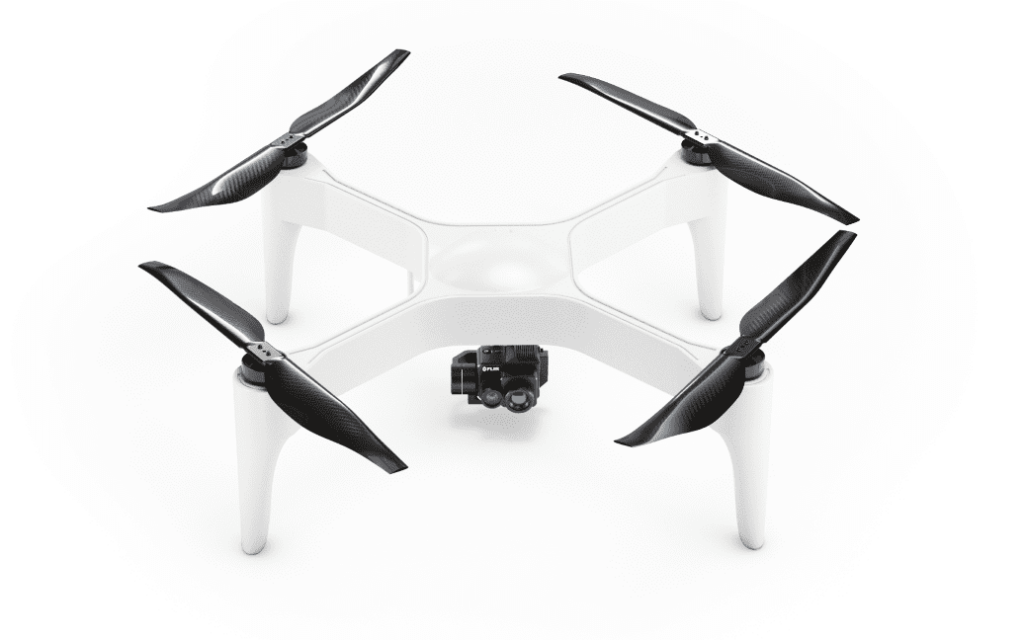Impossible Aerospace has announced that its US-1 quadcopter unmanned aerial vehicle (UAV) has made repeated 72-minute flights across the northern Nevada desert without recharging. The unmodified production aircraft carried a FLIR Duo Pro R camera and HD video transmitter, and flew distances of 29 and 21 miles in 72 minutes with and against the prevailing winds.
Many fixed-wing electric UAVs have flown similar and even greater distances, but most quadcopters typically have a battery life of only around 30 minutes. Quadcopter UAVs typically require more energy per mile but have the advantage over fixed-wing aircraft of being able to hover in place.
This particular mission was planned to avoid operations over people and protected wilderness areas, and was conducted under the FAA’s Part 107 small UAS waiver 14 CFR 107.25, with the pilot operating as a passenger of a moving vehicle over a sparsely populated area maintaining visual line of sight to the drone
“The US-1 is the first major breakthrough in drone performance since the introduction of the quadcopter,” said Spencer Gore, CEO of Impossible Aerospace. “More importantly, it is the first battery-electric aircraft to rival the performance of a conventionally powered system.”
The city of San Pablo, California recently announced the proposed acquisition of three US-1 aircraft for use by its police department, and gas detection company SeekOps has also announced it would integrate with US-1.
“The ultimate vision of Impossible Aerospace is to build long-range electric aircraft that carry goods and people around the world, emissions free,” continued Gore. “But electrification changes literally everything about an aircraft, and many of these changes will take years to prove safe enough for passenger transport. In the meantime, we believe it’s prudent to push the envelope of electric aircraft using unmanned aircraft, and to advance drone regulations by piloting use cases that save lives.”



















